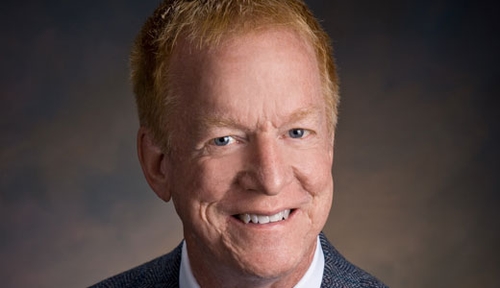What is it about a high-pitched, blood-curdling scream that chills us to the bone? In this season of frights and scares, the shriek carries lots of messages.
Scary or annoying? The style of scream often dictates the interpretation. That screaming baby behind us on the airplane evokes a whole different emotional response than the one in the shower scene at the Bates Motel. Behavioral scientists say it has to do with making a noise that is irregular, chaotic, and unpredicted. When we hear an atonal, persistent scream without the context of a frightful circumstance (e.g., a baby’s cry), we likely can limit our emotional response to frustration rather than fear. But if the scream is more musical, sliding up or down the scale in its harsh shrill, we’re terrified no matter the circumstance.
Most Famous Scream. Whether you know it or not, you’ve likely heard the “Wilhelm Scream” if you’re a Star Wars or Indiana Jones fan. It stems from a recording captured by singer and sometime actor Sheb Wooley in the early 1950s. The scream achieved notoriety by being repeatedly dubbed in several fight scenes in the 1953 film, “The Charge at Feather River.” It was named after the character, Private Wilhelm, yelped when shot in the thigh with an arrow. In homage to great movies of the past, George Lucas, Peter Jackson, and Quentin Tarantino, among others, proudly add the Wilhelm scream generously to films from Toy Story to Lord of the Rings.
Reading a Scream. Just like a baby’s cry can be different if he’s wet, hungry or mad, an older person’s scream, not uncommon in the face of dementia, can carry varying messages of vulnerability. The language of nursing home screams can and should be learned with respect for the individual’s wishes, needs and personality. Both the patient, and those around him or her, can be better supported with an understanding that the behavior is not scary but often holds legitimate meaning that can often be corrected by comfort, food, or reassurance.
A Measure of Violence. The scream is one of four items on the HITS screening tool for domestic violence. While still debated, many clinicians use it to measure the level of violence (emotional and physical) in a home. On a scale of one (never) to five (frequently), the individual rates his or her response to being physical hurt (H), insulted (I), threatened (T), or screamed or cursed at (S). The desirable score is 4 (“never” for each category), and anything over 10 is surely an indication of an abusive environment. If your score is over four, please tell someone so you can get some help.
Most Expensive Scream. The face of fear is often the one in a scream. There are five main facial muscles contorted when scared, though some people have up to 19 unique facial muscles. The Risorius muscle, most famous for pulling back the mouth in expressions of extreme fear, is found in only two-thirds of people. Edvard Munch, a Norwegian expressionist (or symbolist, depending on your art historian), showed this muscle best in the iconic painting, The Scream, featuring a hairless, horrified figure on a bridge under a yellow-orange sky. In 2012, it was sold at auction for a record-breaking $119.9 million.
